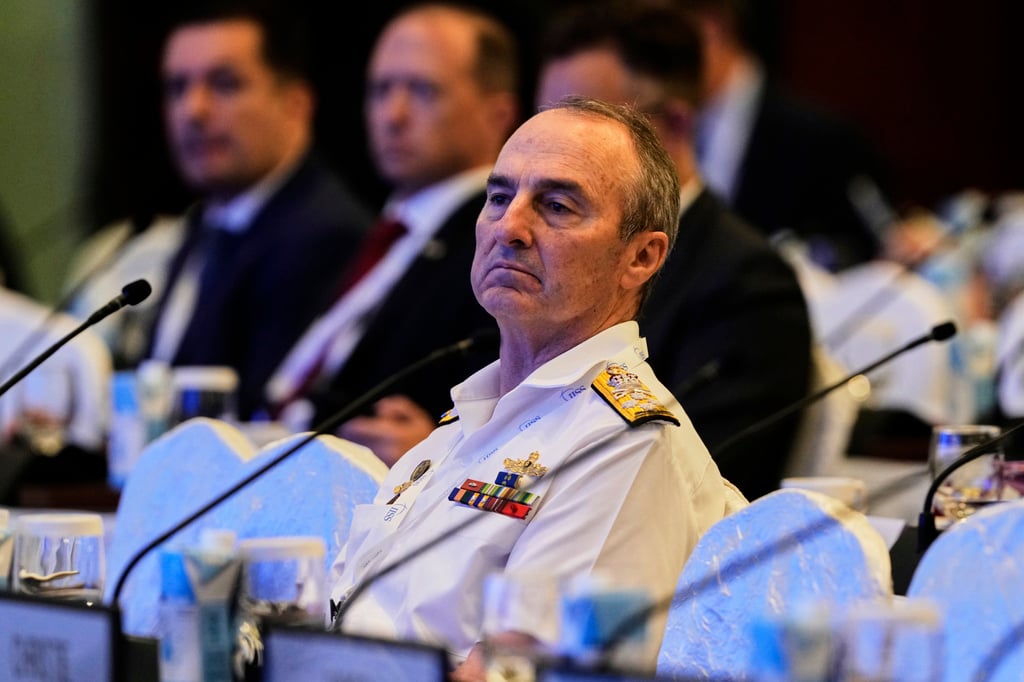Since the end of World War II, Australia has repeatedly revised its defence strategy in anticipation of evolving threats. For more than 15 years, China’s rise has been viewed with growing trepidation, and since 2020, Australians have been warned they face their most precarious strategic outlook for nearly a century.
Yet despite the warnings and numerous white papers, observers say Australia remains alarmingly underprepared for conflict, with the country’s political class often criticised as more fluent in the rhetoric of defence than in its execution. Its military has, meanwhile, suffered from decades of indifference and underinvestment, its population reassured by the long presumed but now uncertain conviction that the United States will come to the country’s aid during a crisis.
On Wednesday, Australian defence chief Admiral David Johnston echoed that alarm. Speaking at a conference on Australia’s preparedness for war, he emphasised the need for increased funding and investment in infrastructure and industry to ensure the country’s resilience in prolonged conflicts.
“We’re now in a position where defence is already spending every dollar allocated to it,” Johnston said, adding that for the first time since the second world war, Australia may soon need to conduct combat operations from its own soil.
Johnston’s comments at the Australian Strategic Policy Institute (ASPI) conference increased already mounting pressure on Prime Minister Anthony Albanese’s government to address decades of indecision that have all but neutered the Australian Defence Force (ADF).

After delivering a combative address at last weekend’s Shangri-La Dialogue in Singapore that cast China as a “real and potentially imminent threat to peace”, US Defence Secretary Pete Hegseth met Australia’s Deputy Prime Minister and Defence Minister Richard Marles.


